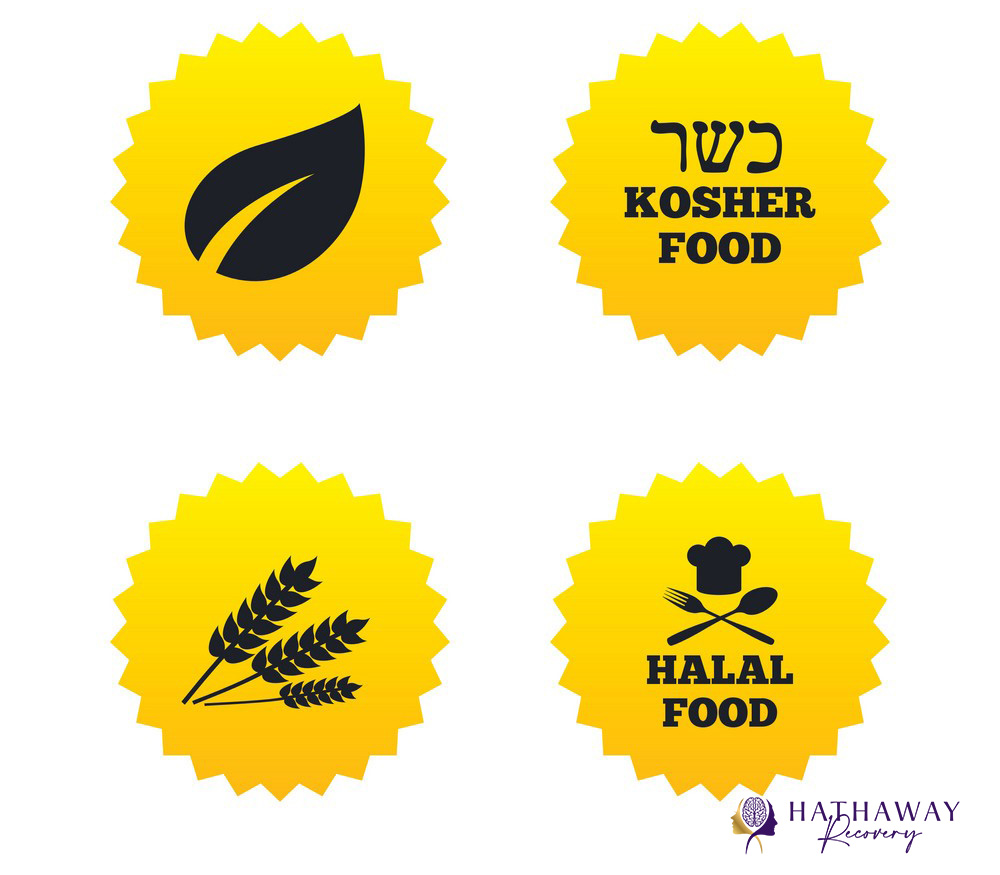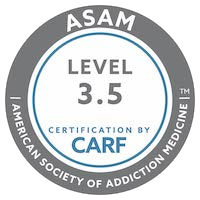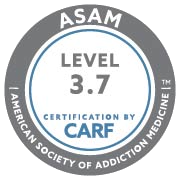- Halal
- Kosher
- Asian Vegetarian
- Vegan
Hathaway Recovery has a diverse resident population with different dietary needs and preferences. While some residents can and will eat anything you serve, other residents may follow a special diet due to medical conditions or religious beliefs.

Developing menus for these residents is one of the many requirements that Hathaway Recovery follows.
Each resident might have different requirements and we as a provider must listen to and meet residents’ needs and preferences. At our rehabilitation center we strongly believe and concentrate on the primary component of person-centered care. Person-centered care puts the resident’s wants and needs first, not the staff’s. It means that residents are actively making decisions about their daily lives.
Religious diet meals arrive sealed at the program in accordance with certified religious diet standards and are stored in a separate kitchen area. Religious diet meals are prepared off-site and arrive sealed at the facility in accordance with kosher standards and are stored in a separate kitchen area. Religious diet trays are only served to residents whose names are on the participant list. Religious diet meals arrive sealed at the facility already prepared in accordance with Kosher and /or Halal standards and are stored in a separate kitchen area.
Popular Belief-Based Diets
What is a Kosher diet?
Kosher food “does not have any non-kosher ingredients in accordance with Jewish law.” There are a lot of guidelines that need to be followed when it comes to keeping kosher, like not mixing meat and milk, not using animal products from non-kosher animals, and only using meat from kosher animals that are slaughtered following certain procedures. Kosher food complies with Jewish dietary law (kashrut), again governing what can and cannot be eaten by those practicing the faith. There are similarities in the method of slaughter in that both require the use of a surgically sharp knife and specially-trained slaughtermen. Jewish law strictly forbids the use of stunning and meats are not blessed in the same way. Unlike halal, kashrut does not require God’s name to be said before every slaughter after an initial blessing. Kashrut forbids the consumption of certain parts of the carcass, including the sciatic nerve and particular fats. Halal also forbids the consumption of some carcass parts including the testicles and bladder.
In the United States today, only 17% of Jewish Americans keep kosher in their home, including 14% who say they separate meat and dairy and 3% who say they are vegetarian or vegan. Some inpatient communities have seen a downward trend in kosher diets. However found that even when communities have full kosher kitchens that some residents eat at a majority of the time, residents still might enjoy a non-kosher meal when a favorite food is on the menu in the non-kosher dining room.

Jewish dietary laws are complex, but one of the main principles is the practice of keeping meat and milk separate. In Kosher kitchens, different sets of cutlery, crockery, cooking utensils, and washing-up bowls should be made available for meats and dairy meals. Food that is neither milk- nor meat-based is called “parev” (neutral) and can be eaten with meat or milk-based foods. It is customary to leave an interval between eating meat-based foods and milk-based foods; the time can vary but for most -Jewish people this is between three and six hours. In addition to this, a Kosher diet only permits certain foods from animals, including:
Meat from animals that chew the cud and that have cloven hooves e.g. goats, sheep, and cattle. Meat from animals that do not meet these criteria, e.g. pork, is forbidden
Poultry e.g. chicken, turkey, goose, and duck. Fish with fins and easily detachable scales, e.g., tuna, cod, salmon, and herring. All shellfish e.g. shrimps, crabs, mussels, and lobsters are forbidden
Eggs without blood spots
The following products must also be certified to be fit for consumption. Generally, these are available from kosher meal suppliers or kosher food shops:
Milk, cheese, yogurt, and other dairy products. Bread, biscuits & cakes. Margarine.
Due to the very strict dietary laws, it is not possible to source kosher ingredients and fresh cook in a hospital kitchen. Individual kosher meals must therefore be purchased from a certified kosher meal provider with the required credentials and where food production must be overseen to ensure strict compliance with Jewish dietary laws.
Due to the supervisory requirements throughout the production process to ensure strict kashrus laws are adhered to, Kosher meals will often cost more than a standard hospital meal. Considerations should be made when menu costing and budgeting for patient meals.
What is a Halal diet?
Halal food is “that which adheres to Islamic law, as defined in the Koran.” With a Halal diet, animals must also be slaughtered according to certain procedures. Some foods are Haram, meaning they are not permitted on a halal diet. See a list of Haram foods here.
While some residents may not follow kosher, halal, or other belief-based diets 100% of the time, it’s still essential for Hathaway Recovery to understand their preferences and meet our patients where they are. Food preferences change all the time, so you want to keep your residents’ preferences updated as often as possible. Halal is Arabic for permissible. Halal food is that which adheres to Islamic law, as defined in the Koran. Animals must be alive and healthy at the time of slaughter and all blood is drained from the carcass. During the process, a Muslim will recite a dedication, known as Tamiya or shahada. There is debate about elements of halal, such as whether stunning is allowed. Stunning cannot be used to kill an animal, according to the Halal Food principles. But it can be used if the animal survives and is then killed by halal methods, the HFA adds. The Islamic form of slaughtering animals or poultry, Bhabha, involves killing through a cut to the jugular vein, carotid artery, and windpipe.

Asian Vegetarian
Diet
Asian Vegetarian
Patient Groups Suitability
Vegetarian Hindus, Sikhs and Jains
South Asian Community belonging to the Indian subcontinent – especially from Punjab and Gujarat
East African Communities
Rationale for Diet and Menu Planning Guidance
Hinduism
Hinduism teaches that all form of life is sacred and interdependent on each other and subject to the laws of rebirth. Under this belief, a strict vegetarian individual is considered at a higher spiritual level though there is no requirement to follow a vegetarian diet.
Hindu vegetarians generally base their diets on plants, including pulses, grains, vegetables, and fruits. Other dietary guidelines include (5):
Following a lacto-vegetarian diet – therefore all dairy products are acceptable.
Egg or egg-containing foods are not consumed as the egg is considered a source of life. Products that may contain egg-based ingredients, like cakes, biscuits, desserts, or nutritional supplement drinks should have their ingredients list checked to ensure they are appropriate for Hindu patients. Beef is strictly prohibited as the cow is considered sacred in Hindu Religion. This also includes any beef products or derivatives i.e. beef stock.
Less orthodox Hindu patients may eat lamb, mutton, chicken, or fish. Vegetarian fat should be used in cooking and preparation.
As with other orthodox service users of other religions, documentary evidence and certification by food suppliers and caterers, supplier ingredient lists, and HACCP procedures should be available for the reassurance that no prohibited food has been in contact with vegetarian food during food preparation, cooking, and service (12).
Sikhism
Most Sikhs are devout vegetarians who do not eat meat, fish, and egg products or any derivatives (5). Halal meat, beef, and pork are also unacceptable to Sikhs.
Jainism
Jainism is a religion that outlines many ethical principles covering every aspect of daily life. Their most important principle is ‘AHIMISA’ which means killing is strictly forbidden. Jains tend to be strictly orthodox vegetarians. One of the beliefs is that certain single-celled creatures “NIGODAS” exist. These are not visible to us but may be abundant in certain foods which are forbidden to eat. The general dietary laws for Jainism include (12):
- No animal foods are eaten, including meat, fish, eggs, and usually cheese
- No root vegetables – i.e., potatoes, onion, ginger, carrots, and beetroot or any derivatives of these
- No alcohol, honey or various substances that involve fermentation
- Preferably boiled water
- Yogurt may need to be warmed to stop the multiplication of single-celled creatures (i.e. yogurt cultures)
- Preferably no food is eaten before sunrise or after sunset.
- Food must be fresh – no leftovers are served for the next day.
Most Asian/Hindu vegetarian food that does not contain the above root vegetables is generally acceptable. Fresh food from home is sometimes bought for orthodox patients to ensure there are no forbidden ingredients.
Due to the restriction of vegetables, fresh fruits, grains, and dairy products, Jain patients need to combine different foods at mealtimes for a nutritionally balanced meal. At times, this is a challenge for food service providers and especially for patients who are on complex diets such as modified textures. For all groups, any missed meal opportunity may contribute to further malnutrition and therefore all measures should be adopted to ensure suitable meal choices are available.






